It reads like a spy novel, this story of conspiracy and corruption. It is a story characterised by lies and disinformation, high political intrigue and accusations that big players subverted a fledgling democracy to satisfy their greed for the mineral riches of a small West African country.
At centre stage are South African spies, businesspeople and politicians who courted Guinean presidential hopeful Alpha Condé before his election in 2010. After the election, Condé’s government handed companies linked to some of them rare access to his country’s natural resources.
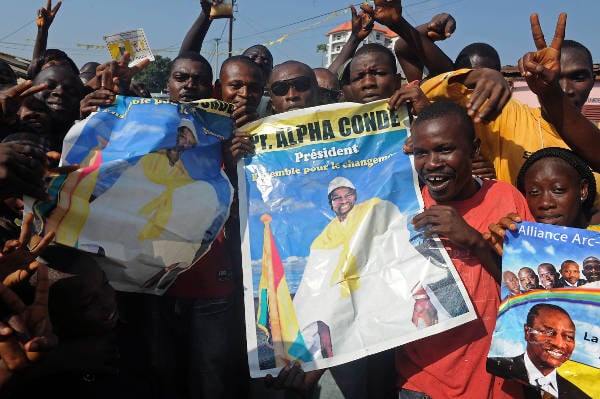
The 2010 elections in Guinea were closely fought
Sharing the stage and driving the narrative is an embattled Franco-Israeli billionaire, Beny Steinmetz, who owned a licence to mine one of the world’s richest iron ore deposits, in the Simandou mountain range in Guinea’s southeastern rainforest.
After his election, Condé accused Steinmetz’s company, BSG Resources (BSGR), of having bribed Guinean officials to strip the mine from its former owner, Rio Tinto, and hand it to BSGR. BSGR denies this, but the Guinean government revoked its licence last year anyway.
Steinmetz now faces lawsuits and enforcement investigations on both sides of the Atlantic.
Desperately kicking back last September in a New York court, where Rio Tinto is suing, BSGR laid out the skeleton of a claim that South African political, intelligence and business interests conspired to rig the 2010 vote in Condé’s favour in return for mines.
Condé “illegally” dispossessed it of its licence to repay his election debts, BSGR claimed. Though it named 83 potential witnesses, including President Jacob Zuma, former secret service head Moe Shaik and politician-businessperson Tokyo Sexwale, it gave no details.
Now Steinmetz’s company has fleshed out the story in a London court, where BSGR is fighting off a demand from the United Kingdom’s Serious Fraud Office that it hand over thousands of company documents the Guinean authorities want for their investigations into BSGR’s alleged bribery.
Since then, amaBhungane has scrutinised much of the underlying evidence and the facts appear to fall short of a full conspiracy. But they do show how businesspeople linked to Shaik and Sexwale, apparently with an eye on Guinea’s mineral riches, used their political connections to court Condé in the months before his election – and that afterwards they reaped benefits.
Condé’s office did not respond to questions.
Campaign against Condé
Condé’s enemies have been after him since at least June 2012, when details of a deal between his government and South African Walter Hennig – a close business associate of Sexwale’s – leaked on to front pages around the world.
Hennig’s offshore company, Palladino Capital 2, had secretly loaned Guinea $25 million to fund the establishment of a state mining company. In return, as an alternative to repayment, Hennig was granted potentially extensive mining interests.
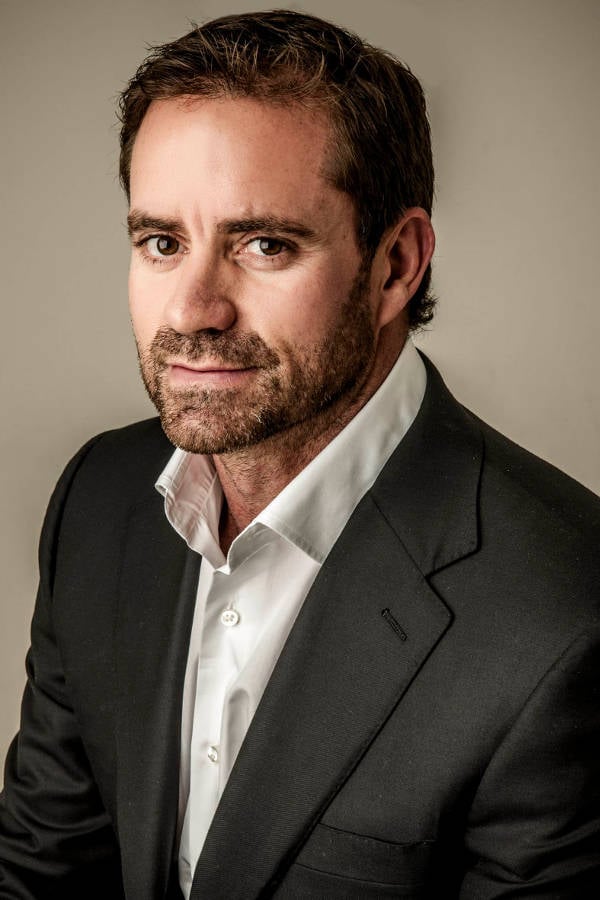
Walter Hennig
It was argued that this was a bad deal for Guinea and hugely beneficial for Hennig, generating a public outcry. After a falling-out, Guinea repaid Palladino.
That October, a source contacted amaBhungane with what promised to be a huge scoop. He sent anonymous documents describing how Condé met Zuma, Shaik and South African Secret Service agents in 2010 before the Guinean presidential elections.
At these meetings, it was claimed, the South Africans offered the services of local information technology (IT) firm Waymark Infotech, which would “rig” the election in Condé’s favour. In return, the South Africans would be given access to Guinea’s mines.
But could the story be corroborated?
Condé did meet Zuma and then deputy president Kgalema Motlanthe in South Africa before the election, according to Condé’s blog, which gave an innocent account of trans-African diplomacy.
And Waymark did sign a contract with Guinea’s electoral commission for a results management IT service in the 2010 election – but Waymark told amaBhungane the deal was not consummated and the company left Guinea without doing any work.
Despite this, amaBhungane’s source was adamant. “Claims definitely genuine,” he insisted in an email. His “guys” were “handling” a first-hand source in Paris who was willing to talk, he said. Then another email: “Huge apologies guys. The source has gone totally security paranoid and is refusing now to talk.”
In the early months of 2013, another anonymous document surfaced. This report, titled Guinea Special Analysis, was longer and more detailed, but the core claim was the same and the evidence no more solid. It is a slightly advanced version of this conspiracy claim that Steinmetz’s company is punting in the American and UK courts.
Key to their version is a curious conversation taped in December 2012 in the luxury of Palm Beach, Florida, and leaked online in late 2013.
Hennig’s mansion
The exchange was between former Guinean mining minister Mahmoud Thiam and Gabonese fixer Samuel Mebiame.
Thiam headed Guinea’s mining ministry in the two years before Condé’s election and had been supportive of BSGR’s plans to mine Simandou. Rio Tinto has accused BSGR of bribing him, which he and BSGR fiercely deny.
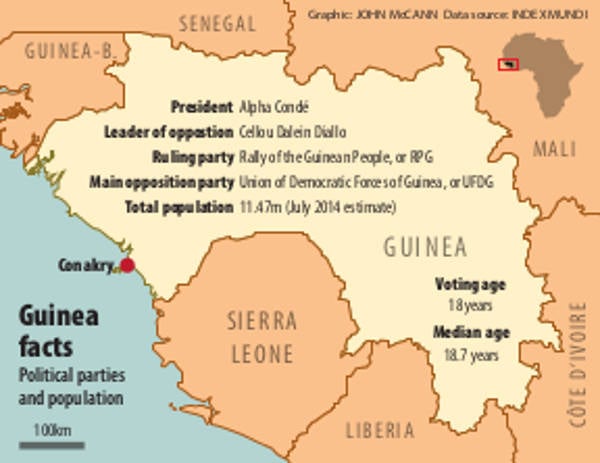
Mebiame is a business partner of Hennig, the Sexwale associate. Hennig “is like my brother”, Mebiame has said. It was he who signed the controversial Guinea loan agreement on Palladino’s behalf.
In the three-hour conversation at a Palm Beach mansion owned by Hennig, Thiam and Mebiame bayed for Condé’s blood.
Mebiame claimed that, although the $25 million Palladino loan was repaid that July, they had given Condé “much, much more” but he had “betrayed” them.
“I can’t get it back,” he said.
Hennig denied this very serious allegation, saying no further funds were offered or loaned to Guinea, its government or ministers. His wider response is at mg.co.za/guinea.
Thiam did not explain his motive, but it seems likely that it relates to Rio Tinto’s accusation that BSGR bribed him.
Mebiame and Thiam talked at length about what they called “the Waymark file”, and Mebiame described how Waymark was allegedly installed by South African spies to rig the vote.
Thiam and Mebiame planned how they could use the Waymark story to “destabilise” and “get rid of” Condé.
Though Mebiame’s account is central to Steinmetz’s claim – that the vote was rigged by people who wanted his mine – the tape appears to be of little use as forensic evidence.
Its main weakness is that Mebiame discredited it in a public statement in 2013, saying he had “adapted” what he told Thiam to draw information from him. “Most of my comments were, of course, completely created,” he said.
Mebiame’s tale also contains at least one serious timeline contradiction, key details – such as how exactly the vote was rigged – are vague, and critical parts of the vote-rigging allegation are based on hearsay information he says he got from South African spies.
Mebiame refused to talk to amaBhungane.
Zuma, Motlanthe and Palladino’s man
This is what amaBhungane has been able to piece together.
In April 2010, Condé’s campaign trail led him to South Africa where he was received separately at the residences of Zuma and Motlanthe.
Alongside posed pictures, his blog records: “Received with great respect by the most senior ANC officials and a delegation of business community of the economic capital.” The businesspeople were not named.
Zuma and Motlanthe reportedly “expressed that South Africa wanted to renew political relations” with Guinea and “intends to do its utmost to support Guinea throughout the process to lay the foundation for a strong partnership”.
Mebiame, in his recorded account, detailed how it was he who brought Condé to South Africa, where he introduced him to Motlanthe and “tried to put him in touch with my friends, my network”.
A person close to these events agreed that at the time “Mebiame did run around with these guys [Condé’s people]”.
Hennig said Mebiame’s recorded conversation was “recognised to have been fabricated” and that he first met Condé after the election.
Waymark
Central to the BSGR claims is that Waymark rigged the elections that brought Condé to power, at the behest of South Africa’s secret service.
In June 2010, Waymark signed a contract with the Guinean electoral commission to provide an electronic results management service in the first round of the presidential vote.
AmaBhungane has seen the contract and Waymark director Hennie Meeding confirmed its authenticity.
Meeding said the company tracks elections across Africa: “I then visit or try and visit the different electoral bodies in these countries when they approach elections.”
That was how Waymark was introduced to Guinea, not by political intervention, he said.
But the electoral commission did not pay Waymark an upfront fee and the deal collapsed, Meeding said.
Guineans voted on June 27 2010, giving Condé 18.25% and his opponent, Cellou Dalein Diallo, 43.69%.
In the absence of an outright majority a run-off vote was declared, but the date of this second round was delayed several times, sparking violent clashes between Diallo’s and Condé’s supporters.
Heine van Niekerk
Back on the international campaign trail, this time in Paris, Condé bumped into South African businessperson Heine van Niekerk.
Van Niekerk told amaBhungane that Condé expressed “some West African regional stability concerns relating to the upcoming election” and wanted to “discuss these matters with the South African government”.
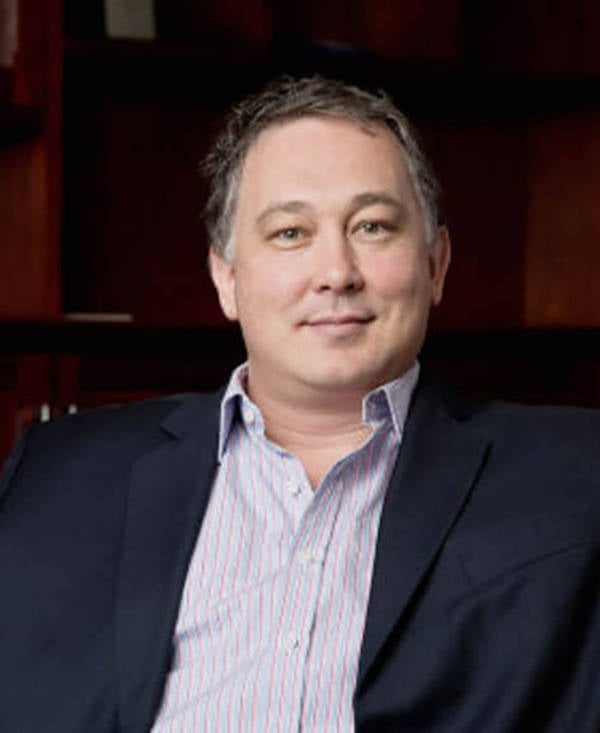
Heine van Niekerk (Foresight Advisory Services website)
At the time, Van Niekerk was the chief executive of a junior mining company affiliated with the UK-listed Sable Mining. As part of a pending deal, he would gain a large shareholding in Sable.
Van Niekerk also has ties with the South African Secret Service. He now runs a Sandton-based private intelligence company whose board members include former spy bosses Shaik and Gibson Njenje.
During their 2010 Paris encounter, Van Niekerk said he “invited” Condé to South Africa where he set up a meeting with secret service officials.
Two people with knowledge of the meeting confirmed that these included Shaik, who then still headed the secret service, and that Van Niekerk attended.
According to Van Niekerk, the secret service officials “would be in a position to advise him [Condé] on how South Africa could play a role as observer in the face of potential unrest”.
But BSGR, in its claim, presents a darker version of an alleged quid pro quo whereby the secret service and Waymark would rig the election in Condé’s favour and Condé, in turn, would give Hennig access to Guinea’s mines.
But there are problems with this version.
BSGR’s account is based on Mebiame’s version, in which he explains that he was not present at the meeting and was only briefed later by a secret service agent.
Hennig denies this account, saying he only met Condé after he was elected and has no relationship with Waymark.
There has never been an official account of this meeting, but amaBhungane understands that it was in Pretoria in the first week of September 2010 – a date corroborated by three sources with direct knowledge of the events or access to specific evidence.
Shaik referred questions to the State Security Agency, into which the secret service has now been merged. It did not respond.
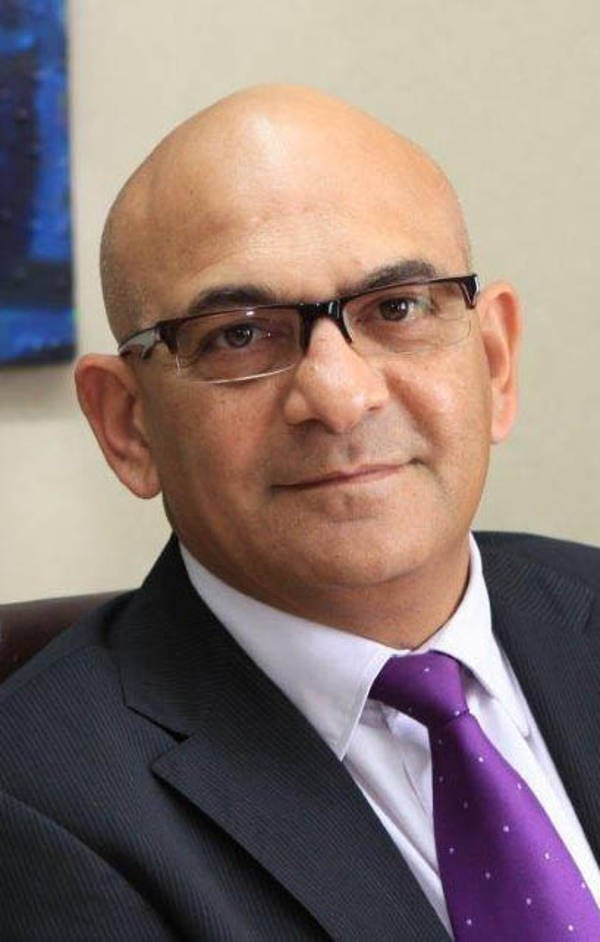
Moe Shaik
Sable Mining
But this was not the sum total of Van Niekerk’s and Sable’s dealings with Condé and his family.
A month earlier “Alpha M Condé” emailed bank details in the name of “Alpha Conde” to Van Niekerk and Bouba Sampil, another Sable associate. Attached was a document titled “Guinea Manganese Interest Letter”. This is according to an email exchange seen by amaBhungane.
Alpha M Condé appears to be Condé’s son, who goes by his middle name, Mohamed, and who is understood to have worked closely with Sable Mining at the time.
Also attached to the email was a document that appears to be the bank’s confirmation that the account is in the name of “Monsieur Alpha Condé”. A week later, Sable chief executive Andrew Groves emailed Van Niekerk to say: “Alpha Condé paid.”
A source close to Sable insisted the emails referred to the son, with whom the company had a pre-existing business relationship.
Last year Africa Mining Intelligence reported that it had seen another email from Alpha M Condé to Sampil and a South African pilot.
This discussed Alpha Condé’s travel plans and referred to an aircraft “kindly provided for two weeks” in September 2010.
A person with knowledge of the events confirmed that Sable had offered to fly Condé during his campaign, but that the helicopter had run out of air hours and the arrangement fell through.
After the election, Sable acquired a number of Guinean mining rights and the company announced that it “believes that Guinea
represents an ideal location in which to build a portfolio of iron ore assets”. By 2012 it had acquired the significant Nimba iron ore project in southeastern Guinea.
It appears, therefore, that Sable and Van Niekerk supported Condé during his presidential campaign, and made a payment to his son. At the same time it lobbied for access to Guinea’s mineral riches, which it ultimately gained.
Sable spokesperson Susie Geliher said: “The company will not engage in discussion on the topics raised other than to comment that the allegations made and inferences drawn are inaccurate and unfair.”
Van Niekerk said: “During my tenure with Sable Mining, and to my best knowledge, the company has always adhered to the standard principles of good governance, and as a consequence has always acted within the realms of the law.”
The intended deal in which Van Niekerk would have gained a shareholding in Sable eventually fell through after Condé came to power.
‘A credible election’
Back in 2010, as Guinea prepared for round two of the election, Pikie Monaheng, Waymark’s chief executive, again convinced Guinea’s electoral commission to hire Waymark.
The company shipped its computers to Conakry, but again, the deal fell through when it was told the candidates wanted a paper-based system.
On November 7 2010, Guineans handed Condé victory with 52.52% of the vote against Diallo’s 47.48%.
On Mebiame’s version — which Steinmetz is relying on in court — the result was fraudulent.
He claimed that a friend called him after the election to say Condé had lost and “we’ve been obliged to … We’ve touched it up, that’s all.” By this Mebiame apparently meant that, with Waymark’s help, the election results were changed to make Condé win.
Once again, the Steinmetz conspiracy claim is heavily based on hearsay evidence, and the lack of detail makes it difficult to interrogate.
Last week the Carter Centre, which observed the Guinean poll, supported Waymark’s explanation.
Its former vice-president, John Stremlau, who headed the Guinea mission, added: “Yes, there were isolated problems with the election, and we highlight them in our report, but the overall result was credible and there was no evidence that the election was rigged to give Condé the win or that the South Africans played any role. I saw no evidence of Waymark.”
What remains, however, is a picture of Palladino’s man, Mebiame, and Sable’s man, Van Niekerk, falling over themselves to introduce Condé to their political contacts in South Africa — and potential mining riches flowing to Palladino and Sable.
Zuma attended Condé’s inauguration and returned for a state visit last month. During this visit Condé reportedly said: “It is extremely important that President Zuma wanted to come here, especially in this extremely difficult time [of the Ebola epidemic], to show his solidarity and sympathy. We are sure that, after his visit, South African businessmen will also find the way to Guinea.”
Condé might have added that, in gratifying him, some had found their way earlier. — Additional reporting by Sam Sole and James Wood
Disclosure: BSGR’s London filing includes allegations against George Soros, whose Open Society network supports amaBhungane